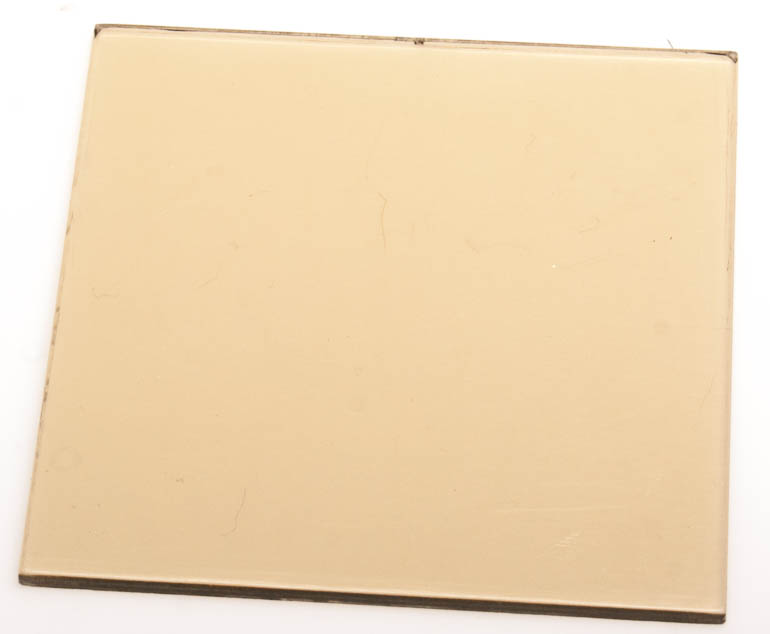Filters are an essential part of photography and cinematography, helping control the look, tone, and accuracy of captured images. Among the many available, the 81A series filter stands out as one of the most useful warming filters for both film and digital shooters.

What Is the 81A Filter?
The 81A filter belongs to a family of warming filters designed to subtly shift the color balance of an image. Specifically, the 81A introduces a mild amber cast that counteracts overly cool or blue tones.
- Filter factor: Typically around 1.2× (requiring about 1/3 stop exposure compensation).
- Color temperature adjustment: Raises the effective color temperature by approximately 200 Kelvin. For example, it can correct daylight film (balanced for 5500K) when shooting in shade (around 6000–6500K).
- Material: Usually made of optical glass or high-quality resin, coated to reduce reflections and flare.
In short, it gently warms up the scene without making colors appear unnatural.
Why Use the 81A Filter?
- Correcting Cool Light
Outdoor photography often results in cooler images, especially under open shade, overcast skies, or at high altitudes. The 81A reduces this bluish tint for a more natural, balanced look. - Enhancing Skin Tones
Human skin can look washed out or pale in cool lighting. The subtle warming effect of the 81A filter adds life and warmth to skin tones, making portraits appear healthier and more flattering. - Improving Landscapes
In scenic photography, the filter can make foliage appear richer and skies less stark. It gives a sense of warmth that makes landscapes feel more inviting. - Film and Digital Versatility
While originally designed for film, the 81A remains relevant for digital shooters who want to achieve an in-camera look rather than relying on post-processing.
How to Use the 81A Filter
- Choose the Right Size
The filter comes in different diameters (e.g., 52mm, 58mm, 77mm) to fit your lens. Make sure you match the filter thread size, or use a step-up ring if needed. - Mounting the Filter
Simply screw the filter onto the front of your lens. Because the 81A is subtle, it can be left on the lens as a protective cover without drastically altering your images. - Exposure Compensation
Since the filter factor is low (about +0.3 stops), most modern cameras automatically adjust exposure. For manual film cameras, you may need to open up the aperture slightly or slow down the shutter speed. - Combining Filters
The 81A can be used alongside polarizers, neutral density filters, or other creative filters. Just be mindful of stacking too many, as this can introduce vignetting or reduce image sharpness. - Practical Scenarios
- Portraits outdoors: Adds a healthy glow to skin tones.
- Mountain or seaside photography: Corrects excessive blue tones.
- Travel photography: Provides a consistent warmth across varied lighting conditions.
- Portraits outdoors: Adds a healthy glow to skin tones.
81A vs. Other Warming Filters
- 81B and 81C: Slightly stronger warming effects than the 81A, useful in colder light or when a more pronounced warmth is desired.
- Skylight (1A) filter: Similar in concept but less warming than the 81A, often used just for lens protection.
Conclusion
The 81A series filter may seem subtle, but its effect is powerful in the right situations. By gently warming tones, it improves color balance, enhances skin, and gives outdoor shots a natural vibrancy. Whether you’re a film purist or a digital photographer looking for an in-camera aesthetic, the 81A remains a classic, reliable tool in the filter kit.